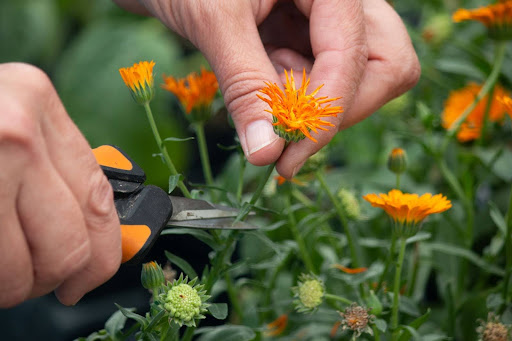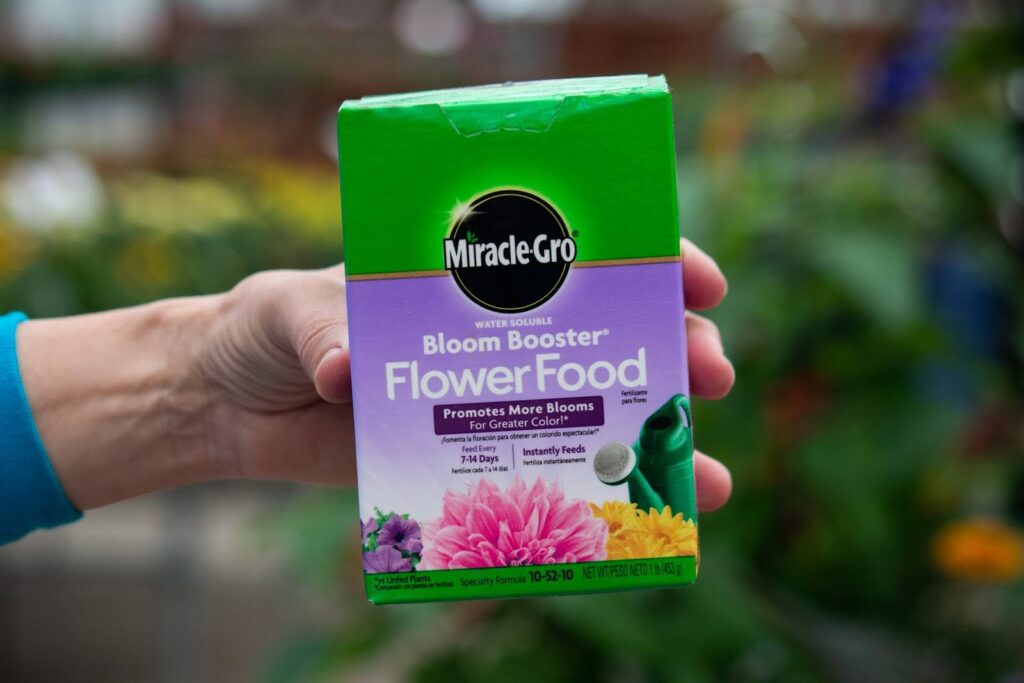For many people, spring means a trip to the greenhouse to pick out a hanging basket or planter full of colorful blooms to enjoy all summer. Before you know it, the planters aren’t as colorful as the day you bought it. Below are some of our best tips to refresh your planter and keep them blooming all summer long.

Deadheading
First of all, it’s important to know just because your planter isn’t as full and colorful, doesn’t mean you are necessarily killing it. Each bloom only lasts so long and deadheading is needed to help promote new blossom growth. Deadheading is the process of removing the dead flowers or foliage. To deadhead, simply pinch or cut the spent flower off to about a ¼ inch above the nearest set of leaves. Be sure to cut far enough down to avoid a dry and unattractive stem sticking out above the leaves. As you deadhead you may even see some new growth ready to emerge. Dead or damaged foliage can also be trimmed out to keep your basket or planter looking its best.


Fertilizing
In addition to deadheading, it is vital to fertilize once every two weeks to keep your planters blooming. While it might seem overwhelming to chose a fertilizer with all the different options, below are a few tips that can help you pick out the perfect fertilizer for your needs.
When you are looking at fertilizers you may notice a series of three numbers listed on the front (10-52-10 for example). These numbers, called the NPK, indicate the levels of nitrogen, phosphorus, and potassium within the fertilizer. For planters and hanging baskets, we recommend using a fertilizer that is high in phosphorus (high middle number) as this will help promote the development of new blossoms. One of our favorite high phosphorus fertilizers is Miracle Gro Bloom Booster.

Fertilizers have two methods of delivery: quick-release and slow-release. Quick-release fertilizers are mixed with water that is used to water your planters. These fertilizers are absorbed quickly and you will see the results sooner than other fertilizers. Quick-release fertilizers will need to be mixed and applied all season long to continue seeing blooms. Slow-release fertilizers, on the other hand, are pellets that are spread on top of the soil in the pots. These pellets then slowly release fertilizers throughout a 3-month period. Slow-release fertilizers, like Osmocote, are a great option for planters that won’t receive much attention or for those who don’t want to measure and mix their fertilizers every two weeks.

Watering
The third and final tip for keeping your annuals looking good is proper watering. Many factors such as wind, sunlight, temperature, and humidity, play a role in how often each planter needs to be watered. As a general rule, annuals should be watered once a day or every other day depending on the size of the planter. It is always important to check your soil before watering as some planters may not dry out as fast compared to other planters. If the soil is still wet, wait for the soil to dry out before watering. Proper watering is important as too much water can lead to root rot problems that will stress your plants and eventually lead to death. Too little water and your annuals will begin to shrivel up and dry out.

